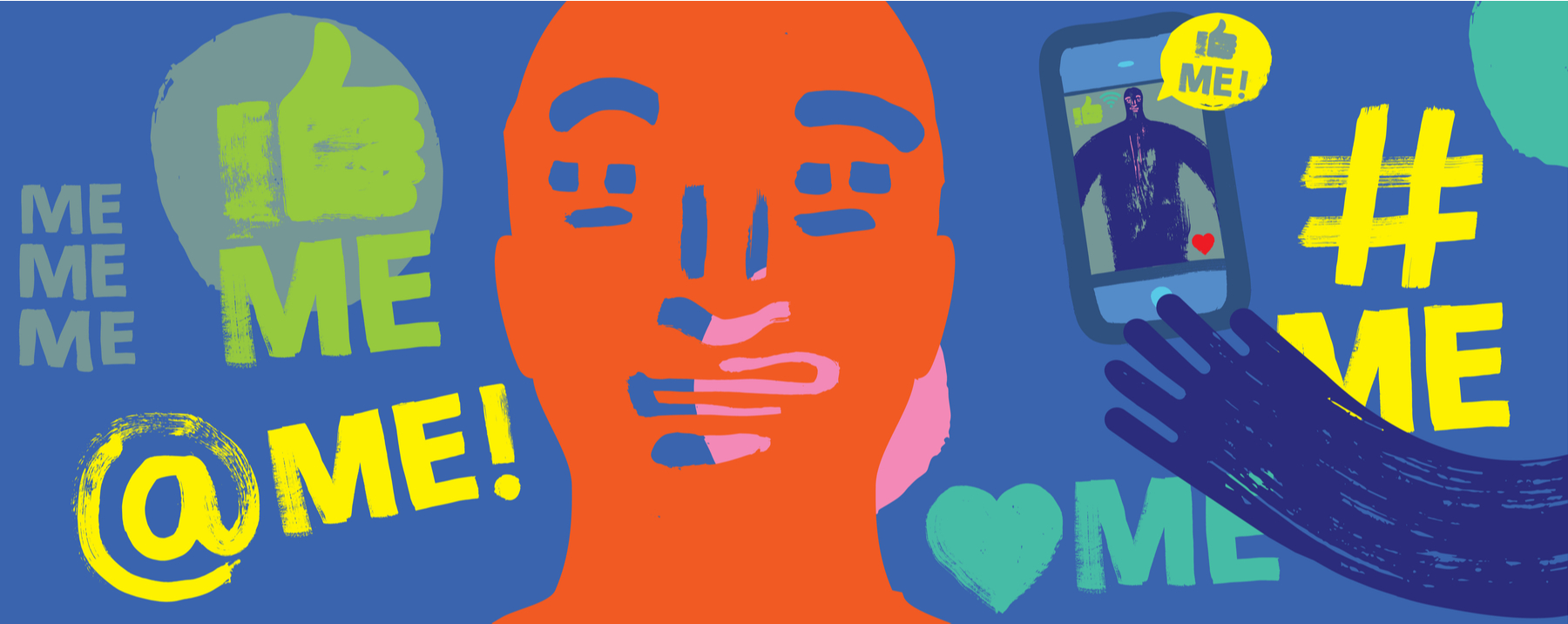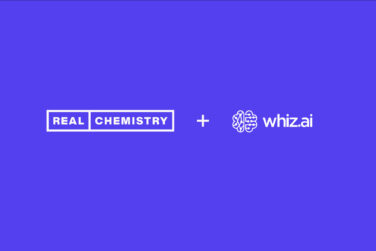The pharma industry has been slow to adapt to the rise of the millennial who will consider brand values when making a buying decision, and is looking for an always-on, immersive, trust-based relationship with that brand. While other sectors have found ways to directly engage with their audiences, the pharma industry has remained slow to respond to this change in expectations, which demonstrates itself in the two key target audiences for pharma marketers: healthcare professionals (HCPs) and patients. This is the year for that to change as pharma marketers should look to meet these new consumers on their terms and in their own space.
Pharma’s Reluctance to Innovate
While in some ways the pharmaceutical industry has been among the most innovative in the world, in other ways it has been lagging far behind. Product innovation has always reigned supreme, and communication with the HCP and patient has been stagnant—simply not evolving at the same pace as consumer’s expectations.
In today’s world, individuals have never been more informed about conditions and treatments: We can learn more than ever before about a diagnosis, potential treatments, and prognosis. Yet, that same avenue for easy and direct information gathering is often not created by or in collaboration with pharma companies. Currently, very few options are available to engage directly with a pharma company. Pharma companies have been taking a reactive approach, relying on salespeople to reach doctors, who then reach patients. In 2020, the focus needs to be on proactivity: Reaching the patient before they go to their doctor, because they are likely to bring a full list of questions, research, and formed opinions with them to that doctor.
Solving the Industry’s Content Problem
The industry must start to prioritize hyper-personalized content to create direct communication pathways and micro-moments that matter. Whether this communication is through WhatsApp, chatbots, or video chats, a one-on-one relationship with the patient and HCP is key to future success within the pharma industry. By creating more opportunities to directly connect with consumers, relationships between the consumer and brand will strengthen, allowing for trust to build effectively. Hyper-personalized, content-driven micro moments—or what I like to call BtoMe marketing—is the best strategy to meet the expectations of millennial patients and HCPs.








